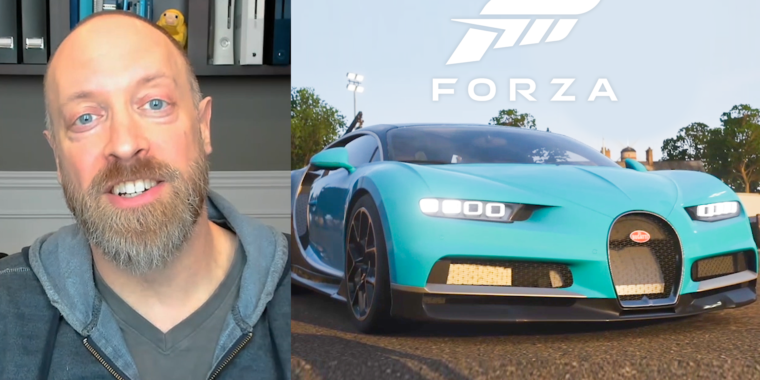
War Stories: How Forza learned to love neural nets to train AI drivers
Catching up with Forza’s Dan Greenawalt to meet the ghosts in the machine. …

reader comments
5 with 5 posters participating
Once an upstart, the Forza franchise is now firmly established within the pantheon of great racing games. The first installment was created as the Xbox’s answer to Gran Turismo, but with a healthy helping of online multiplayer racing, too. Since then, it has grown with Microsoft’s Xbox consoles, with more realistic graphics and ever-more accurate physics in the track-focused Forza Motorsport series as well as evolving into open-world adventuring (and even a trip to the Lego dimension) for the Forza Horizon games.
If you’re one of the millions of people who’ve played a Forza racing game, you’re probably aware of the games’ AI opponents, called “Drivatars.” When the first Drivatars debuted in Forza Motorsport in 2005, they were a substantial improvement over the NPCs we raced in other driving games, which often just followed the same preprogrammed route around the track. “It was a machine-learning system on a hard drive using a Bayesian Neural Network to record [racing] lines and characteristics of how somebody drove a car,” explains Dan Greenawalt, creative director of the Forza franchise at Turn 10 Studios, in our latest War Stories video.
In fact, the technology originated at Microsoft Research’s outpost in Cambridge, England, where computer scientists started using neural nets to see if it was possible to get a computer to identify a Formula 1 driver by the way they drove through corners.
In the years since, Drivatars have evolved considerably—and not always in ways that players appreciate.
Continue reading – Article source




